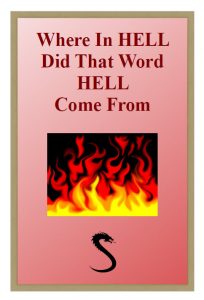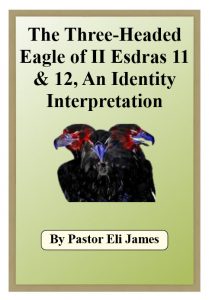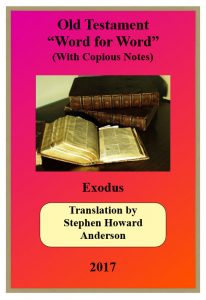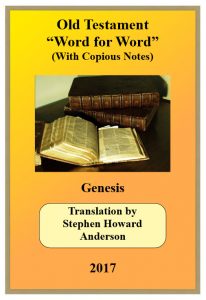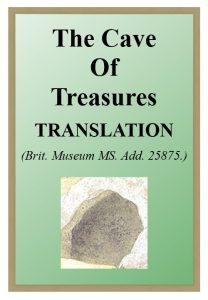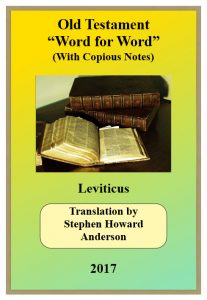
Wayiq’ra
(Called) Commonly called Leviticus
WAYYIQ’RA IS A BOOK OF LAWS and procedures for the Aharonic priests. Also here are many National laws for Yisrael, for health, sexual behavior, proper conduct towards each other, business dealings, conduct toward visiting Yisraeliy from other countries, conduct toward aliens of other races in Yisrael, holy days and feasts, food laws, and sacrificial laws. The sacrifice for the propitiation (covering over) of sin has been eliminated by Yahshua Messiah. He made the last sacrifice of Himself, and animal sacrifice is no longer needed. The other laws that do not have to do with sin sacrifice still stand, however, and they are all common sense laws. Heaven and earth have not passed away, yet.
Some words are unclear today as to the type of unclean animals. The meaning has been lost over time, and where this occurs, I will note it in the Chapter Notes following the chapter.
The term “leprosy” is used in connection with fabric, and houses. This was a mold or mildew that was unhealthy to be around, such as toxic “black mold” in our time. This would cause severe health problems from breathing in the spores, and they had no other term to use back then, so they termed it “leprosy” for want of a better word. Leprosy concerning people, however, is actual flesh destroying leprosy, which then was incurable, and resulted in eventual death for those afflicted with it. Yahweh cured several people of it in Scripture, and this was always considered a major miracle. Even today, with modern drug treatments, leprosy is a true horror to cure.
Where “leprosy” is used in the KJV and others, but actually refers to some type of skin disease, I have used “skin disease” for accuracy.
As in the first two books of Mosheh, proper names of people and places are as in the Hebrew for spelling. Strong’s© Numbers will be used after key words a single time.
Chapter notes will be small in this book, as a lot of it is fulfilled sacrificial stuff. I will note the verses where laws still stand, and why. There is quite a bit of this in here, so read the Chapter notes carefully.
Please note – All words spoken by Yahweh and His messengers will be in bold type.
This work is Copyrighted© in 2016 by Stephen H. Anderson, and may not be reproduced for profit. Quotations are permitted, but only if no changes are made to the text, and due credit is given to the translator.
Where a Chapter ends, and there is some room, lines for writing your own notes while studying will be inserted in the otherwise blank space. I hope you are enjoying these translations, and receiving knowledge of Yahweh’s Holy Word from them. May Yahweh Bless and Keep You. Praise Yahweh!
Stephen H. Anderson – Translator
